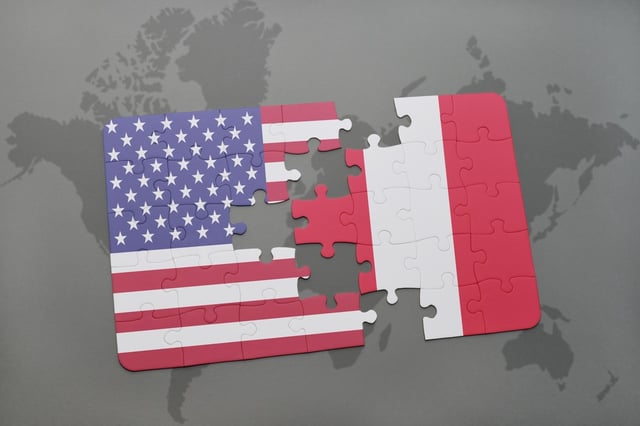
I'll be completely frank: Fatherhood rocks. Every aspect of it is great. But it's also challenging, and the most difficult part of it is raising a multi-cultural child. No, this is not some big play for a 'we're all citizens of the world' parenting style. This is just about someone, namely me, who was born in one country but lived most of his life in another. Beyond that, despite every effort made by time, I've always tried my best to remember where I came from and to honor that past and that side of my personal history. Having been born in Peru, that means I've gone out of my way to map out every Peruvian restaurant in New York City (which is great because Peruvian cuisine is fantastic) and watching all of Peru's World Cup Qualifying matches (which, given Peru's more or less losing record when it comes to qualifying to the World Cup, is actually extremely depressing). But, hey, a real fan is there in good times and in bad, even if the fan's never lived through a good time.


